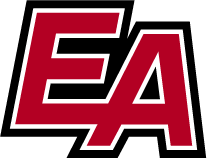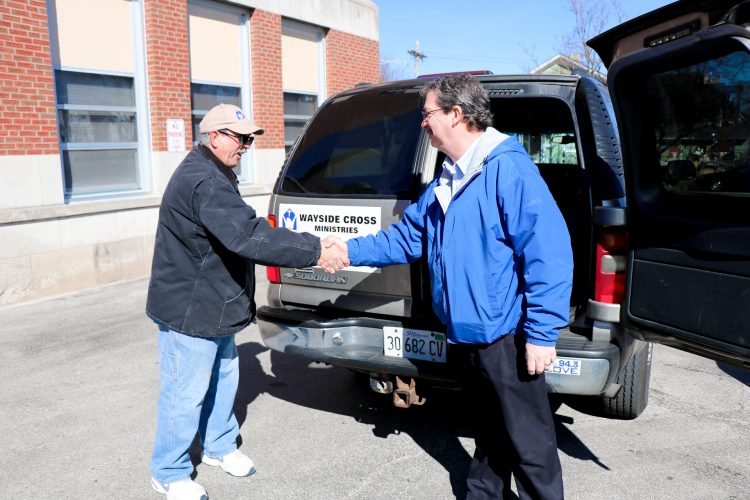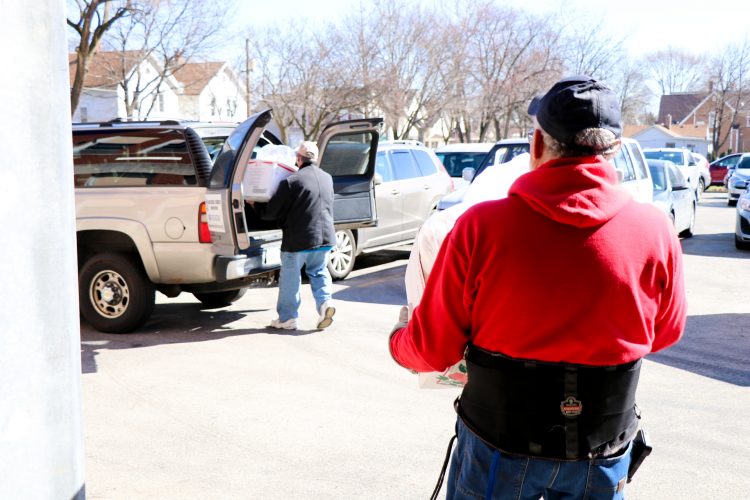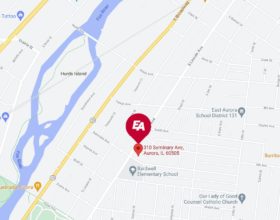
Registration is openRegistration is open
Registration for the 2024-2025 school year is now available to students. Whether you're new, returning, or enrolling a kindergartener, please visit www.d131.org/register to complete the registration process.La inscripción de estudiantes de Kinder ya está abierta para el año escolar 2024-2025. Visite www.d131.org/register para registrar estudiantes nuevos, que regresan y de Kínder.
- 2023-2024 School Year2023-2024 Año Escolar
- e-learning planPlan de aprendizaje remoto (e-learning)
- Family COVID-19 Medical ResourcesRecursos medicos de COVID-19 para familias
- Google Training and Resources For ParentsFormación y recursos de Google para padres
- Google Training and Resources for TeachersFormación y recursos de Google para maestros
- School Day ScheduleHorario del día escolar
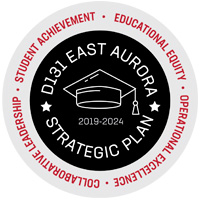
Our five-year strategic planNuestro plan estratégico de cinco años
East Aurora School District 131 has a new mission, vision, and five-year strategic plan. East Aurora School District 131 tiene una nueva misión, visión y un plan estratégico de cinco años.

Registration is openRegistration is open
Registration for the 2024-2025 school year is now available to students. Whether you're new, returning, or enrolling a kindergartener, please visit www.d131.org/register to complete the registration process.La inscripción de estudiantes de Kinder ya está abierta para el año escolar 2024-2025. Visite www.d131.org/register para registrar estudiantes nuevos, que regresan y de Kínder.
- Approved Online ResourcesRecursos Aprobados en línea
- Assessments & AccountabilityEvaluaciones
- Attendance and AbsencesAsistencia y ausencias
- Aurora Area ResourcesRecursos en Aurora
- Bullying PreventionPrevención de Intimidación
- Infinite Campus PortalPortal Infinite Campus
- Parent GroupsGrupos para padres
- Parent LiaisonsEnlace de padres
- Staff DirectoryDirectorio del personal
- Student and Parent HandbookGuía para padres y estudiantes
- Student Accident InsuranceSeguro de accidentes para estudiantes
- Student Online Personal Protect ActLey de protección personal de los estudiantes en línea
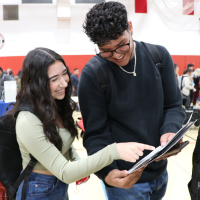
Attendance Matters!Attendance Matters!
It’s been proven: being on time and attending every day can make a remarkable difference in your student’s academic success, at any age. Está comprobado: Ser puntual y asistir a clases todos los días puede marcar una notable diferencia en el éxito académico de su estudiante, a cualquier edad.

Join us for our next Board MeetingJoin us for our next Board Meeting
Our Board of Education meetings take place the first and third Monday of each month at 7:00 p.m. Please join us!Nuestras reuniones de la Junta de Educación se llevan a cabo el primer y tercer lunes de cada mes a las 7:00 p.m. ¡Por favor acompañenos!
- AssessmentsEvaluaciones
- District Approved AppsAplicaciones aprobadas por el distrito
- Frontline (AESOP/MLP)Frontline (formerly AESOP & My Learning Plan)
- Infinite CampusInfinite Campus
- Infinite VisionsInfinite Visions
- IT & Maintenance Help TicketAyuda de tecnología
- O365 Document Portal0365 Portal de documentos
- O365 OneDriveO365 OneDrive
- O365 SharePointO365 SharePoint
- O365 Staff EmailO365 Correo electrónico del personal
- Professional DevelopmentDesarrollo Profesional
- ReprographicsReprografía
- SchoolStatusSchoolStatus
- Staff DirectoryDirectorio del personal
- Staff Online ResourcesRecursos por internet para el personal
- TalentEdTalentEd
- Teacher Pages Log-inPáginas de maestros e inicio de sesión
- Union OfficialsOficiales de la Union

Join us for our next Board MeetingJoin us for our next Board Meeting
Our Board of Education meetings take place the first and third Monday of each month at 7:00 p.m. Please join us!Nuestras reuniones de la Junta de Educación se llevan a cabo el primer y tercer lunes de cada mes a las 7:00 p.m. ¡Por favor acompañenos!

Our five-year strategic planNuestro plan estratégico de cinco años
East Aurora School District 131 has a new mission, vision, and five-year strategic plan. East Aurora School District 131 tiene una nueva misión, visión y un plan estratégico de cinco años.

Join us for our next Board MeetingJoin us for our next Board Meeting
Our Board of Education meetings take place the first and third Monday of each month at 7:00 p.m. Please join us!Nuestras reuniones de la Junta de Educación se llevan a cabo el primer y tercer lunes de cada mes a las 7:00 p.m. ¡Por favor acompañenos!
- Aries "Jaybird" Gonzalez Child CenterAries "Jaybird" Gonzalez Child Center
- Early Childhood CenterEarly Childhood Center
